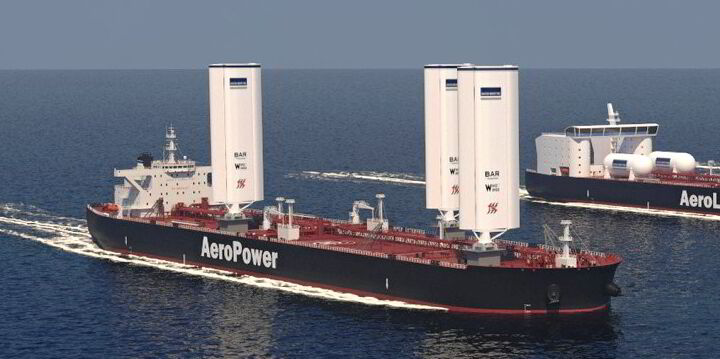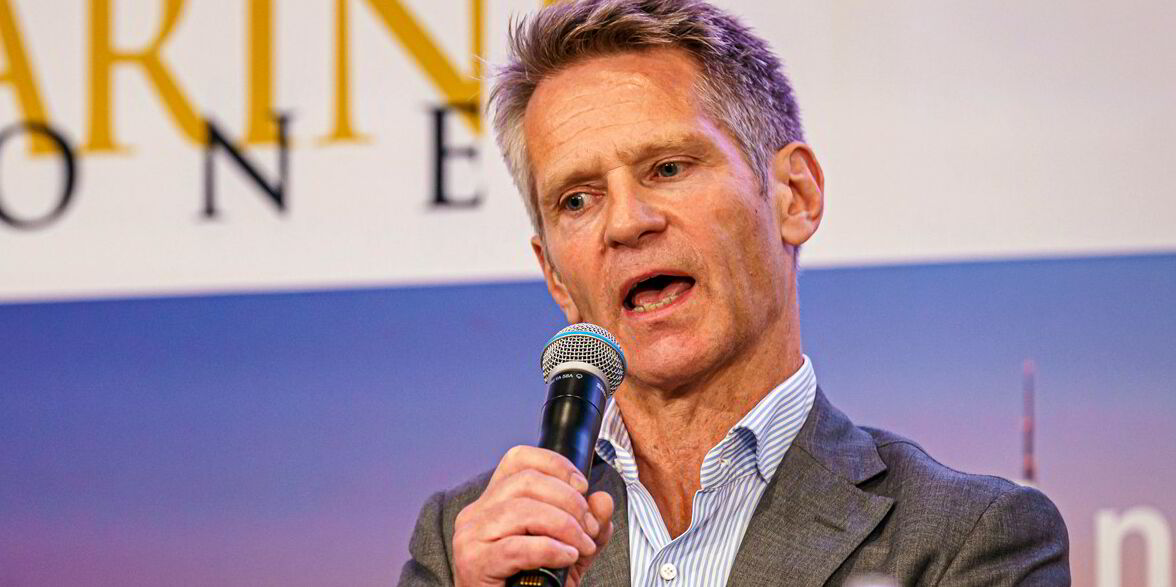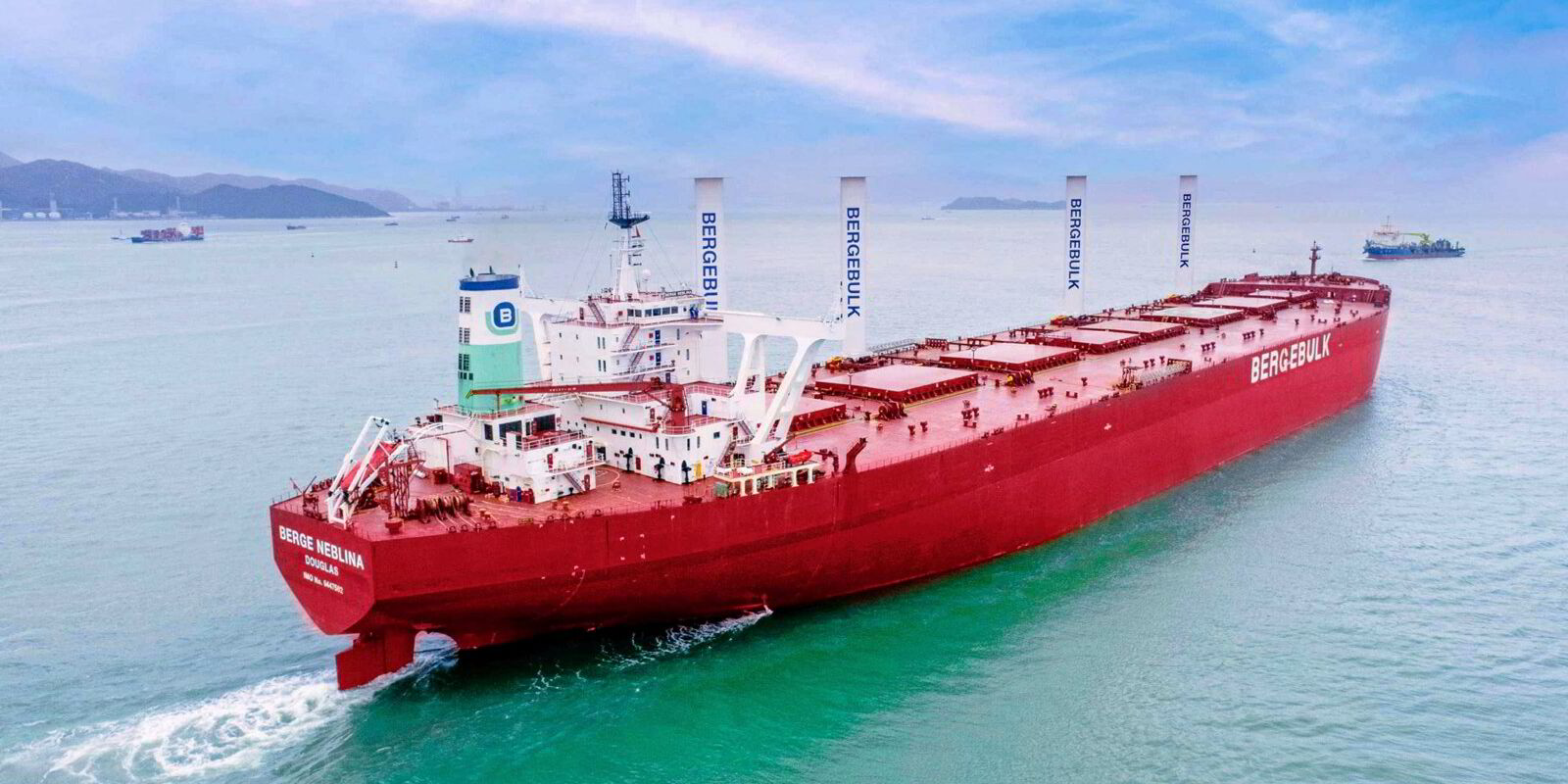The shipping industry’s take up of energy saving technologies (ESTs) continues to be limited, according to latest data from Clarksons.
While at least 33% of the fleet in gt terms is fitted with at least one significant EST, the number of ships featuring such devices is just 8,700.
“Uptake has been higher in the larger sizes where fuel consumption savings are potentially greater,” Clarksons said.
More than 50% of VLCCs are now said to have an EST fitted, while just 20% of MR tankers, the workhorses of the tanker fleet, feature a device.
The picture is repeated in the dry bulk space with over 45% of capesize bulkers fitted with an ETS, but little more than 11% of the handysize fleet featuring one.
In the container ship segment, over 80% of 12,000-teu vessels have an ETS, while for ships under 3,000-teu capacity the level is just over 16%.
By sector, container ships have seen the highest EST uptake with over 48% of fleet capacity fitted with at least one EST, followed by tankers and cruise ships, both over 38%, and bulkers over 35%, Clarksons says.
ESTs are, alongside alternative fuels and more efficient “eco” engines, playing a growing role in shipping’s decarbonisation efforts, delivering direct fuel consumption and emissions reductions.
“Benefits vary but many ESTs claim typical fuel savings of 2% to 10% or up to 30% in some cases, although actual impacts depend on the technology, ship size and type, operational patterns and conditions,” Clarksons said.
Propeller-related equipment has been fitted on more than 8,000 ships, including propeller ducts which are fitted on more than 10% of global fleet tonnage, rudder bulbs, over 12% of the fleet, including 25% of container ship capacity, and pre-swirl stators.
According to Clarksons data, more than 2,000 ships have some form of bow enhancements or windshields, while more than 800 ships have hull fins.
Air lubrication systems are attracting growing interest from shipowners with 500 systems either in operation or set to be installed on newbuildings on order.
More than 20% of the total LNG carrier fleet is fitted with an air lubrication system, but Clarksons did not say if this included newbuildings.
Wind assisted propulsion technologies, such as Flettner rotors, suction wings and rigid sails, are less popular, fitted on only 60 ships.
Clarksons said about 70% of ships with some form of EST had the technology fitted at the newbuilding stage, with uptake increasing over time.
“Around 60% of tonnage delivered over the last three years has been EST fitted, up from 25% 10 years ago,” the shipbroker said.
Meanwhile, about 2,500 ships have had ESTs retrofitted, with the retrofit programme said to be focused on non-eco ships of about 10 to 20 years old, with container ships and bulkers together accounting for 60% of the total.





